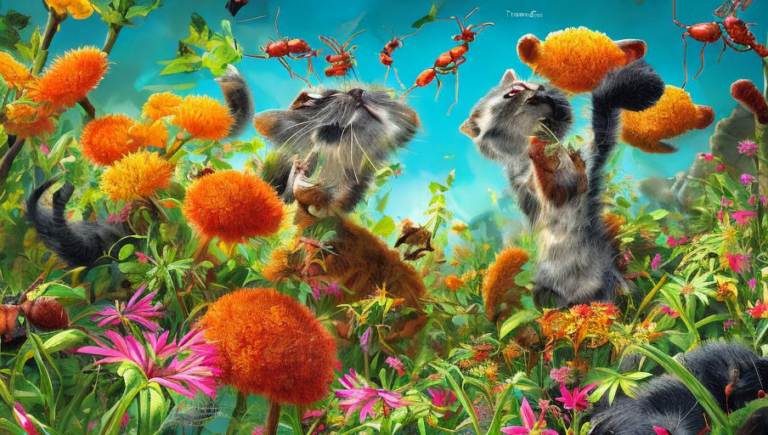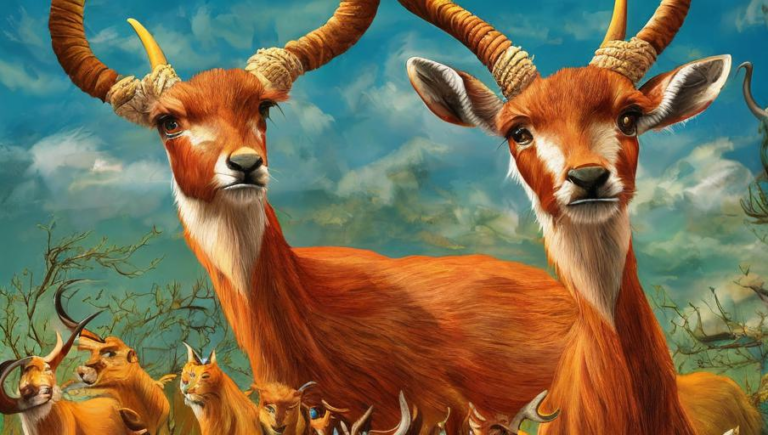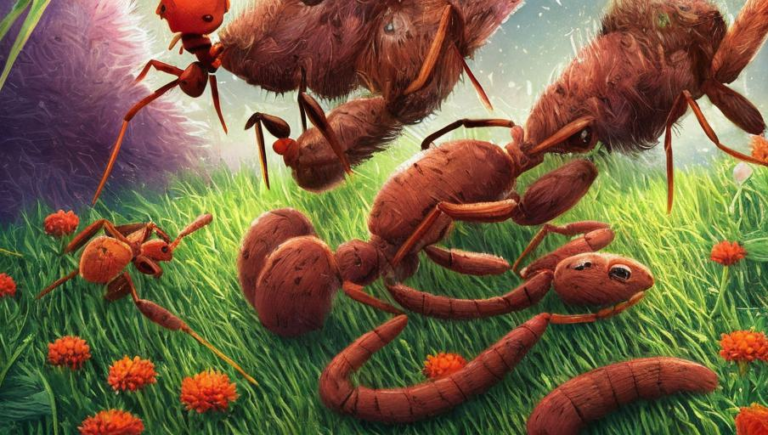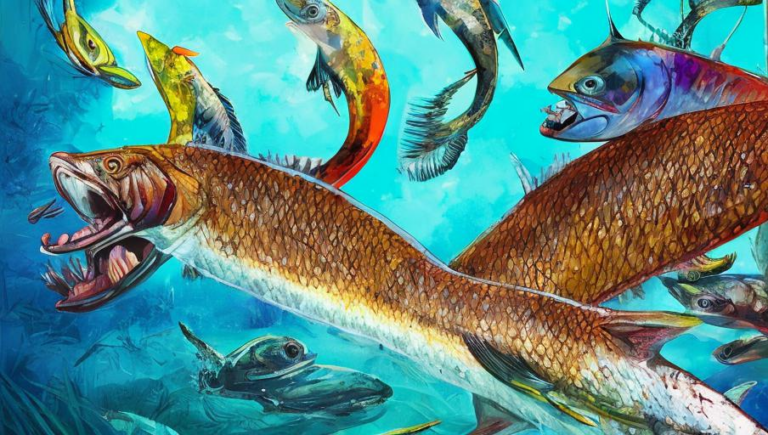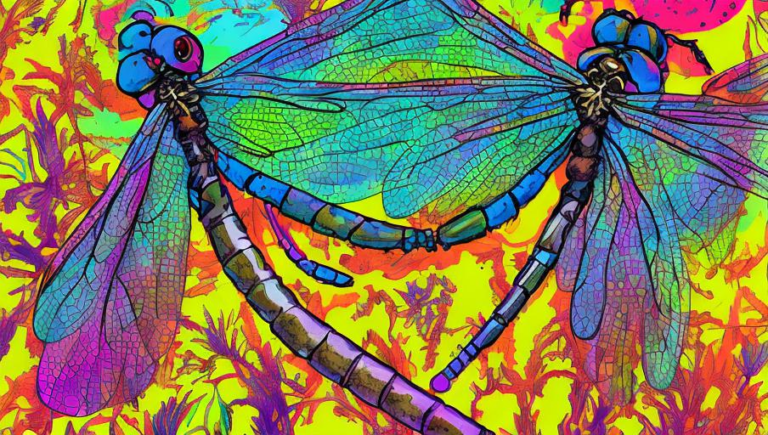Bountiful Adaptations of the Curlew
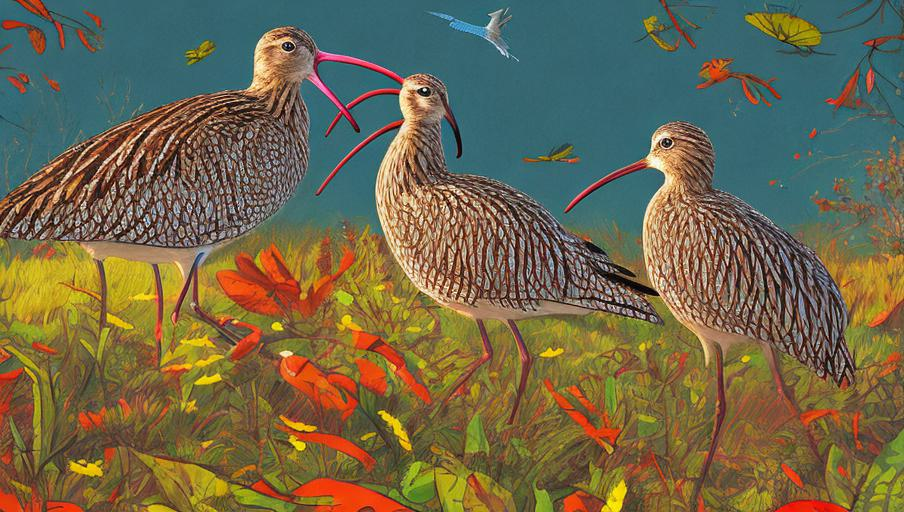
Introduction
The curlew is a fascinating bird of many colors, with a long and curved bill and a unique call that can be heard from far away. It is found in many parts of the world, from the Arctic tundra to wetlands and other habitats. Curlews are part of a larger group of shorebirds known as “waders,” which includes plovers and sandpipers. This species has unique adaptations that help it survive in a variety of environments and make it an interesting creature to observe.
Habitat and Diet
The curlew is a migratory bird, meaning that it moves between different habitats throughout the year. It is found mostly in wetlands, marshes, and other coastal areas. It is also found in some grasslands, meadows, and agricultural areas. Curlews feed mainly on insects, molluscs, worms, and small crustaceans. It uses its long bill to probe in the mud for food. It can also eat small reptiles and amphibians, as well as grains and seeds.
Physical Adaptations
The curlew has a number of physical adaptations that help it survive in different habitats. It has long legs, which allow it to wade through water and mud and walk on land. Its long, curved bill is an adaptation for probing in the mud for food. Its eyes are adapted for seeing in low light and during night flights. The curlew also has large wings, which allow it to fly for long distances. The feathers of the curlew also provide it with insulation, keeping it warm in colder climates.
Behavioral Adaptations
The curlew is a solitary bird, and it is usually seen alone or in small groups. To communicate with other curlews, the species has a loud, distinct call that can be heard from far away. The curlew is also an excellent flier, and it can fly for long distances without resting. It is also a good swimmer, and it can use its wings to “fly” through the water. In order to defend itself, the curlew has a powerful kick that it can use to ward off predators.
Conservation
The curlew population is declining due to the destruction of its habitat, pollution, and the introduction of predators. As a result, it is listed as a vulnerable species by the International Union for Conservation of Nature (IUCN). Conservation efforts for the curlew include habitat restoration and protection, as well as the creation of protected areas where the species can breed and feed safely. Additionally, research and monitoring of the curlew population can help ensure that its numbers remain stable in the future.
Conclusion
The curlew is a fascinating species of bird with many unique adaptations that allow it to survive in a variety of habitats. Its physical characteristics, such as its long legs and bill, enable it to find food and defend itself. Its behavior, such as its migratory habits and distinct call, allow it to communicate with other curlews. Unfortunately, the species is facing a decline in population due to habitat destruction and the introduction of predators. Conservation efforts are needed to ensure its future survival.
